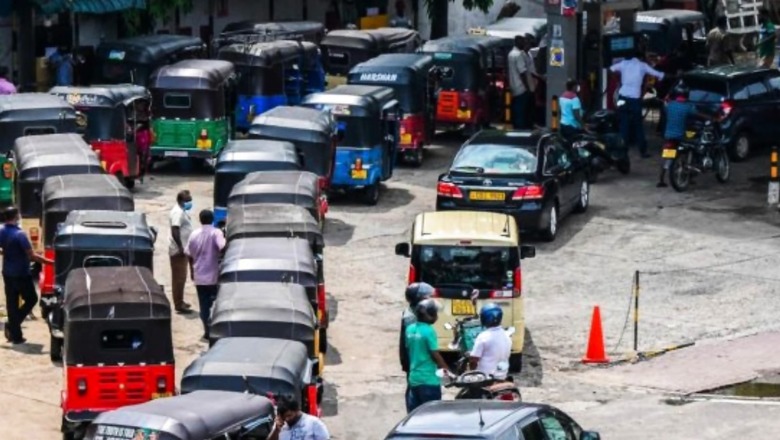
views
“Our economy has completely collapsed,” the words of Ranil Wickremesinghe – Sri Lanka’s newly-elected president and six-time former prime minister – echoed across the parliament on June 22, even as hundreds of protestors in Colombo thronged the streets chanting “Go Gota Go!” and demanded the resignation of the powerful Gotabaya Rajapaksa.
The declining plight of Sri Lanka’s economy and political unrest reached its peak in April this year, when the public outrage over inflation and shortage of essentials toppled Rajapaksas’ rule. The protests, that started in March, led to Gotabaya eventually fleeing to the Maldives, leaving the debt-ridden nation in the hands of Wickremesinghe – who began discussions with the International Monetary Fund (IMF) on the terms of an economic bailout.
Wickremesinghe was sworn in as Sri Lanka’s president on July 20 amid economic chaos. The country’s foreign debt amounts to $51 billion. To contain demand for fuel, the government closed schools, ordered workers to stay home, and introduced new rationing.
Meanwhile, the middle-class was forced to be tenacious in the face of the government’s shortcomings as even the most basic things – from milk powder to dal – became hard to obtain. Two Sri Lankans spoke to News18 about managing their lives in a broken economy.
‘Three days’ wait for half a tank fuel’
Over the past few months, Sri Lankans continue to languish in long fuel and cooking gas queues as the government has been unable to find dollars to fund imports.
Gowri, who lives in a village about 20 to 25 kilometers from the capital city Colombo, said her husband went to a Ceylon Petroleum Corporation pump (CPC) to fill up their four-wheeler on the evening of June 24, and had to stay in the shed for two subsequent nights – all through the weekend. On June 27 morning, he was finally issued a token. The token number was 51.
After the fuel load arrived at the bunk, those who were given tokens were called on priority before resuming normal deliveries. Gowri’s husband finally got half a tank’s fuel on the morning of June 28.
Electricity was not a major problem in mid-June, as the duration of scheduled power cuts was reduced to three hours a day from eight to nine hours in April and May. However, cooking gas and vegetables were not easily available.
Gowri took to making judicious pressure-cooker meals for her household of seven. “Not all vegetables are available at the market. There will be carrots and brinjal, and since this is a village, things like spinach will be around,” she said. A kilogram of rice cost nearly Rs 300 and was limited to 5 kilograms per person in stores.
Amid shortage of rice and marked up prices, the Sri Lankan government issued a gazette notification on June 10 declaring that the maximum retail price of local rice must be set at Rs 210 for a kilogram of white and red rice.
The cost of eggs and fish went up by almost 300 percent, from Rs 15 in the beginning of the year to Rs 45 in June. Gowri said fishes such as saala meen (sardines) cost nearly Rs 300 a kilogram and one egg was sold for Rs 50, making the staples inaccessible to common people.
Adapt, improvise, overcome
In Colombo, Kannadasan Yarlvanan’s electric bike that he had purchased to run errands came in handy as fuel prices started inching up. Yarlvanan said he filled his two-wheeler tank when the fuel was sold around Rs 470 per litre in the first week of June, adding that fuel was not available in government-run CPC but the Lanka IOC, a subsidiary of the Indian Oil Corporation.
India has been actively assisting Sri Lanka to get back on its feet by delivering one more consignment of 40,000 metric tonnes of diesel on May 31 after extending an additional $500 million credit line in April.
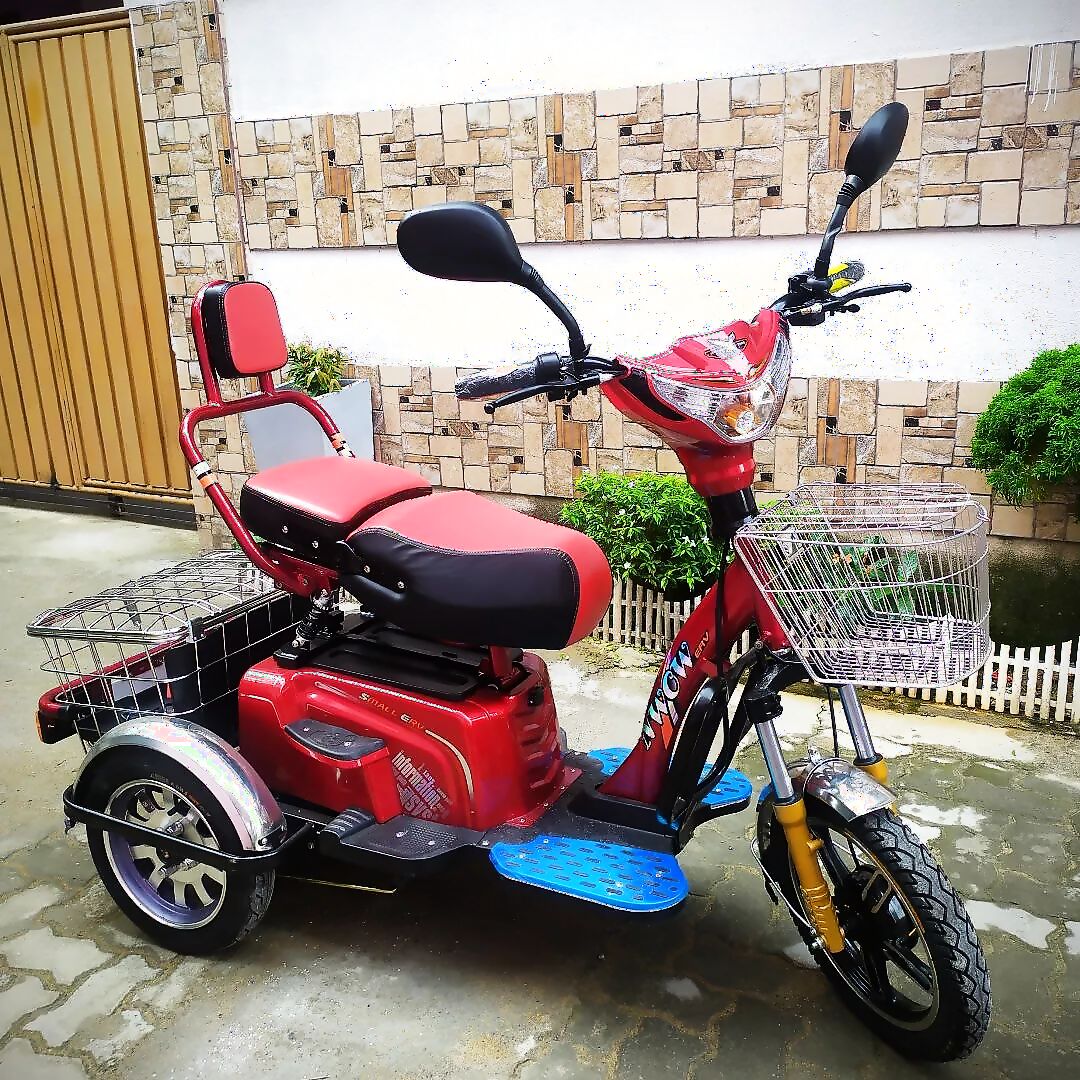
(Kannadasan Yarlvanan uses his electric bike for local commute to dodge waiting in long queues for fuel. Image credits: Kannadasan Yarlvanan/Facebook)
With a work-from-home job and children’s schools shut, Yarlvanan’s family doesn’t have the need to venture out daily except for essentials, sparing them the long wait for fuel often. The 40-year-old software engineer, however, is armed to trudge through the crisis, come what may.
To tackle cooking gas shortage, which cost nearly Rs 6,000 per gas cylinder in the beginning of July, Yarlvanan’s household switched to induction stoves. In case the frequency power cuts were to be increased again, “we have a firewood stove ready too,” he said.
The dire shortage of fuel and inflated prices have had a ripple effect on all commodities, such as bread, which cost up to Rs 250, in addition to rice and milk. Though fresh milk was already not too prevalent in Sri Lanka compared to the more common milk powder, Yarlvanan said it had become further inaccessible in the past months.
The United Nations World Food Programme estimated around 61 per cent of households are regularly using coping strategies to cut down on costs, such as reducing the amount they eat and consuming increasingly less nutritious meals, while 3 million are receiving emergency humanitarian aid.
Medicines and other vital supplies have become hard to come by. “Don’t get ill, don’t get injured, don’t do anything that will make you go to a hospital for treatment unnecessarily,” The Associated Press quoted Samath Dharmaratne, President of the Sri Lanka Medical Association, as saying.
While the salaried class has been adapting to manage their lives amidst a dire shortage of fuel and food, it is the daily wage workers and auto drivers who have been affected the most – a sentiment shared by both Gowri and Yarlvanan.
President Wickremesinghe – in his first speech since he was elected by Parliament on July 20 – said even though he as the prime minister had aimed to reach an agreement by early August, it has now been pushed back by a month because of the unrest. The postponement of the IMF accord is likely to stretch shortage of critical imported items by at least a few more months.
(All prices mentioned are in Sri Lankan Rupees. 1LKR = 0.22 INR)
Read the Latest News and Breaking News here












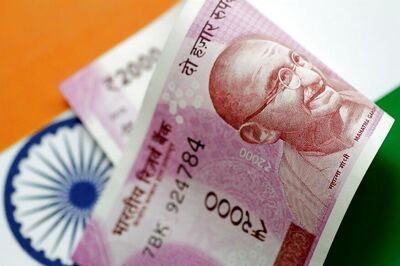


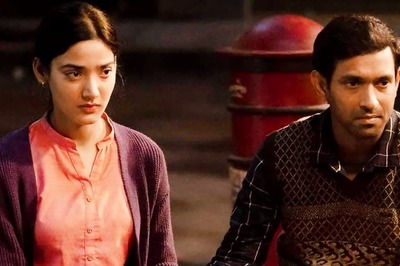
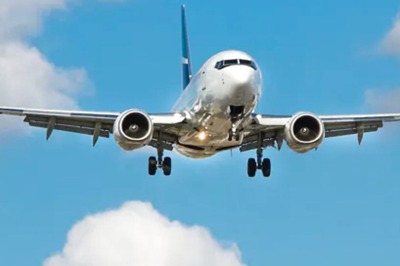
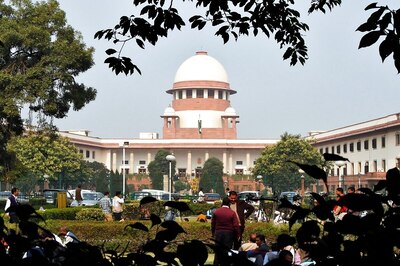


Comments
0 comment